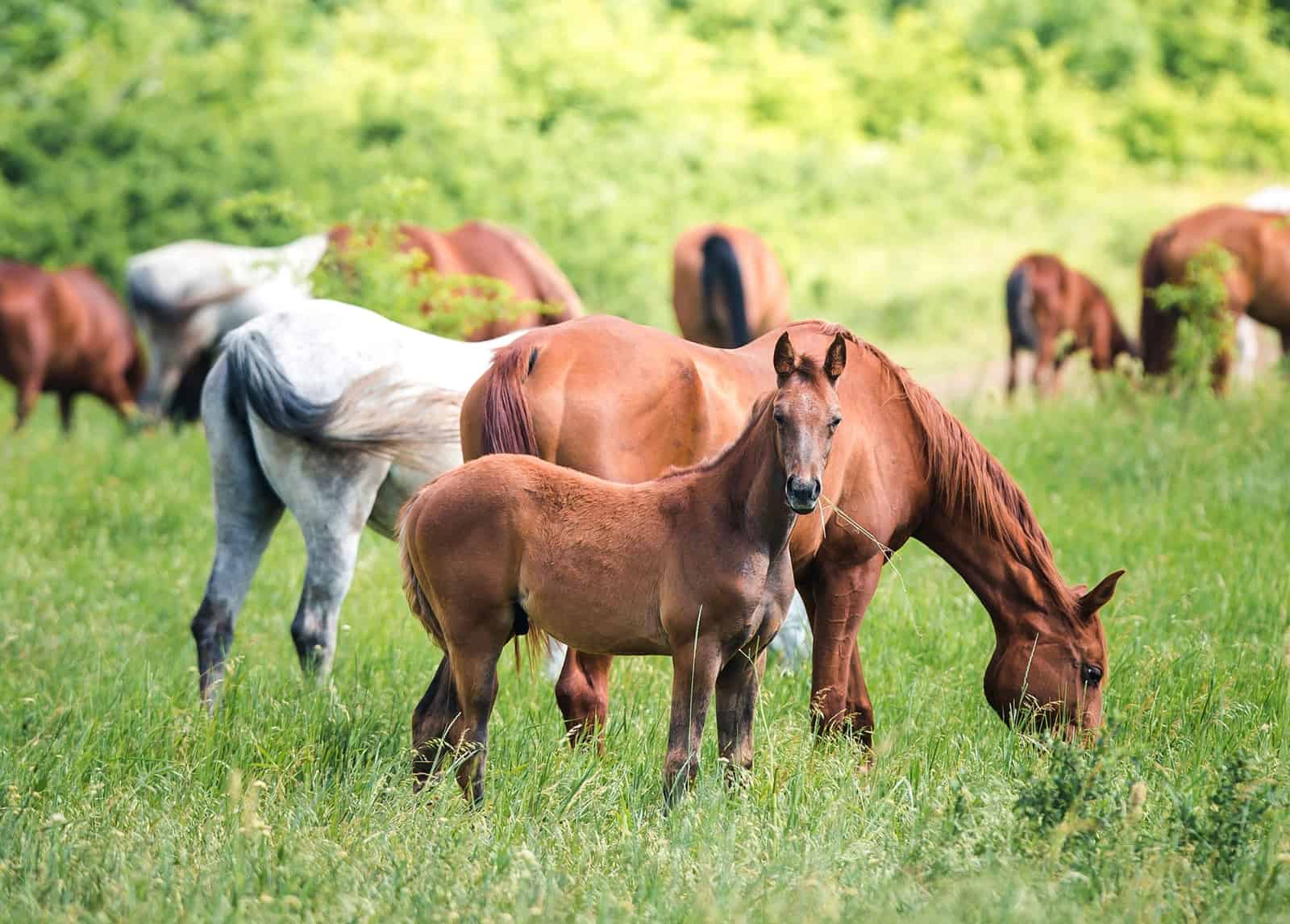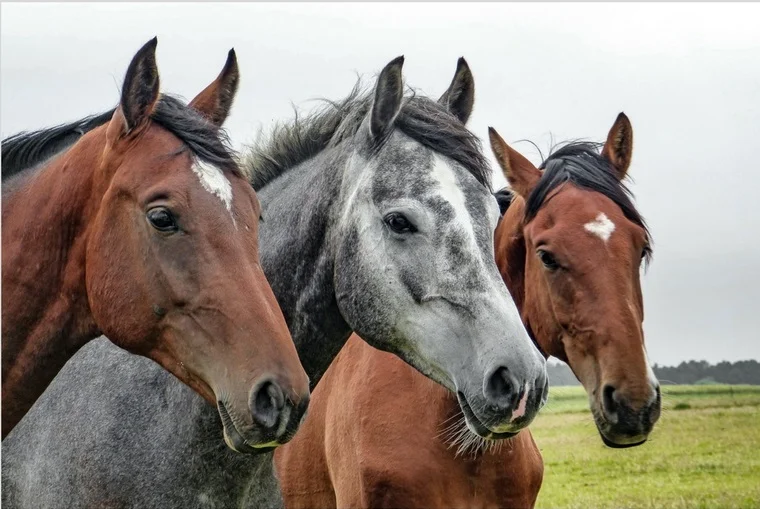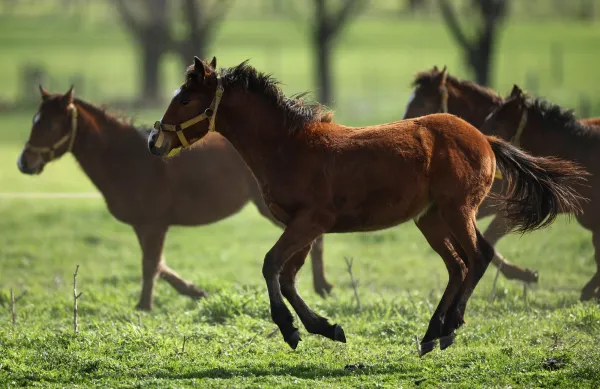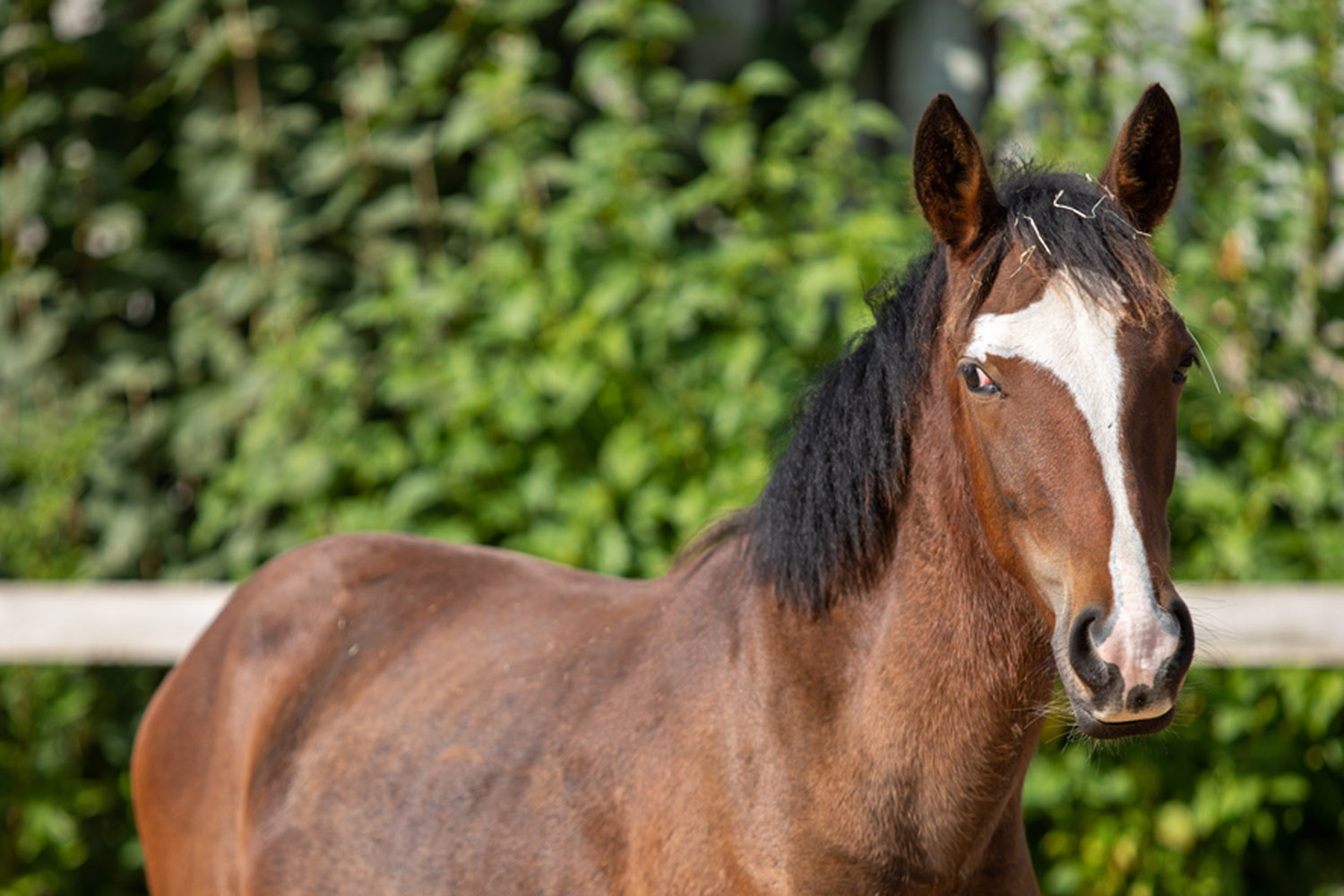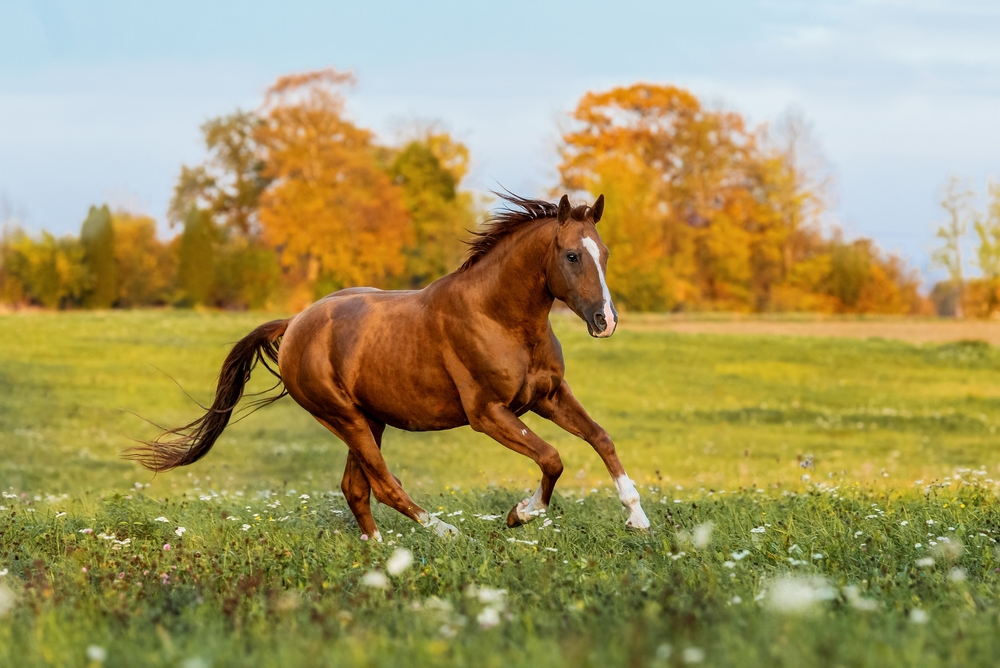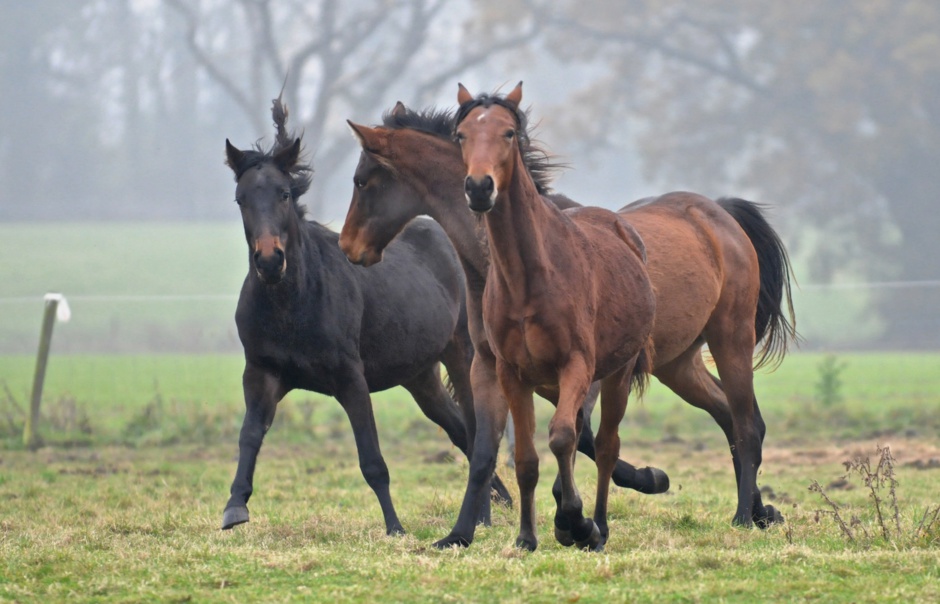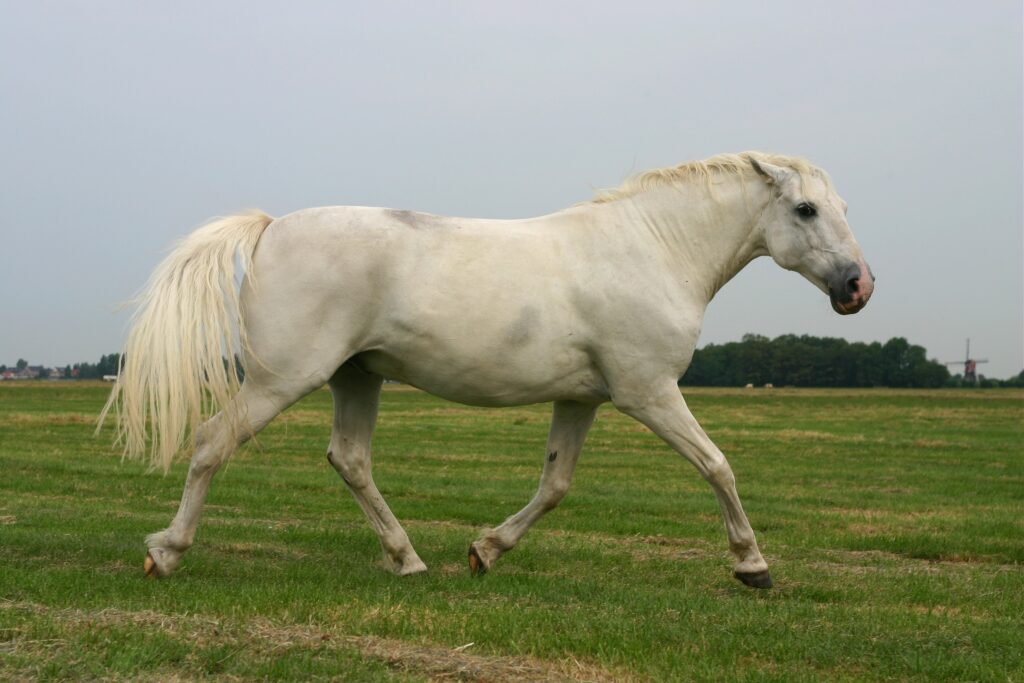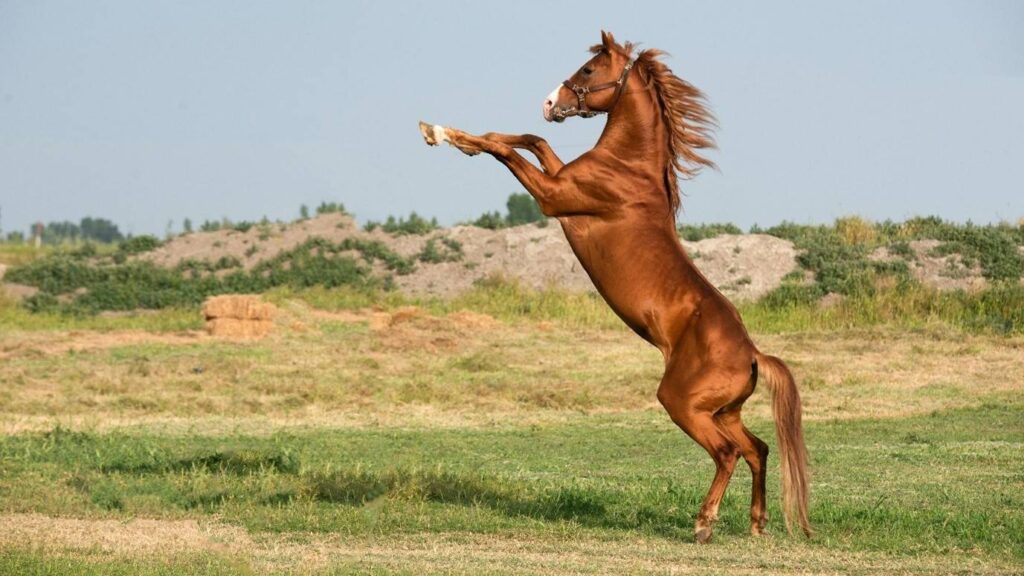Authored by Wood Smith, this article delves into the fascinating world of equine communication. It is designed to help you understand the different vocal sounds horses make and what they signify.
Equine vocalizations are an essential part of their communication system. They use a range of sounds to express emotions, signal danger, or maintain social order within the herd. Understanding these vocal cues can enhance your relationship with your horse and improve its welfare. For more detailed information on equine body language, visit the RSPCA’s guide.
Decoding Common Equine Sounds
Here are some common horse sounds and what they typically signify:
Neighing and Whinnying
These are high-pitched, prolonged sounds that horses make when they are separated from the herd or seeking companionship. They can also be a call for help when a horse is in distress.
Nickering
A soft, low-pitched sound, nicker is often used by mares to call their foals or by stallions when courting a mare.
Snorting and Blowing
Horses snort or blow through their nostrils to express alertness or excitement. It can also be a sign of a relaxed and content horse.
Interpreting the Sounds
Understanding equine vocalizations can help you better care for your horse. By recognizing these sounds and their meanings, you can respond appropriately to your horse’s needs and emotions, leading to a better health bond.
Remember, good hoof care is also crucial for a horse’s well-being. Regular hoof maintenance can prevent many common hoof problems. To maintain strong hooves, consider using a protective balm.


